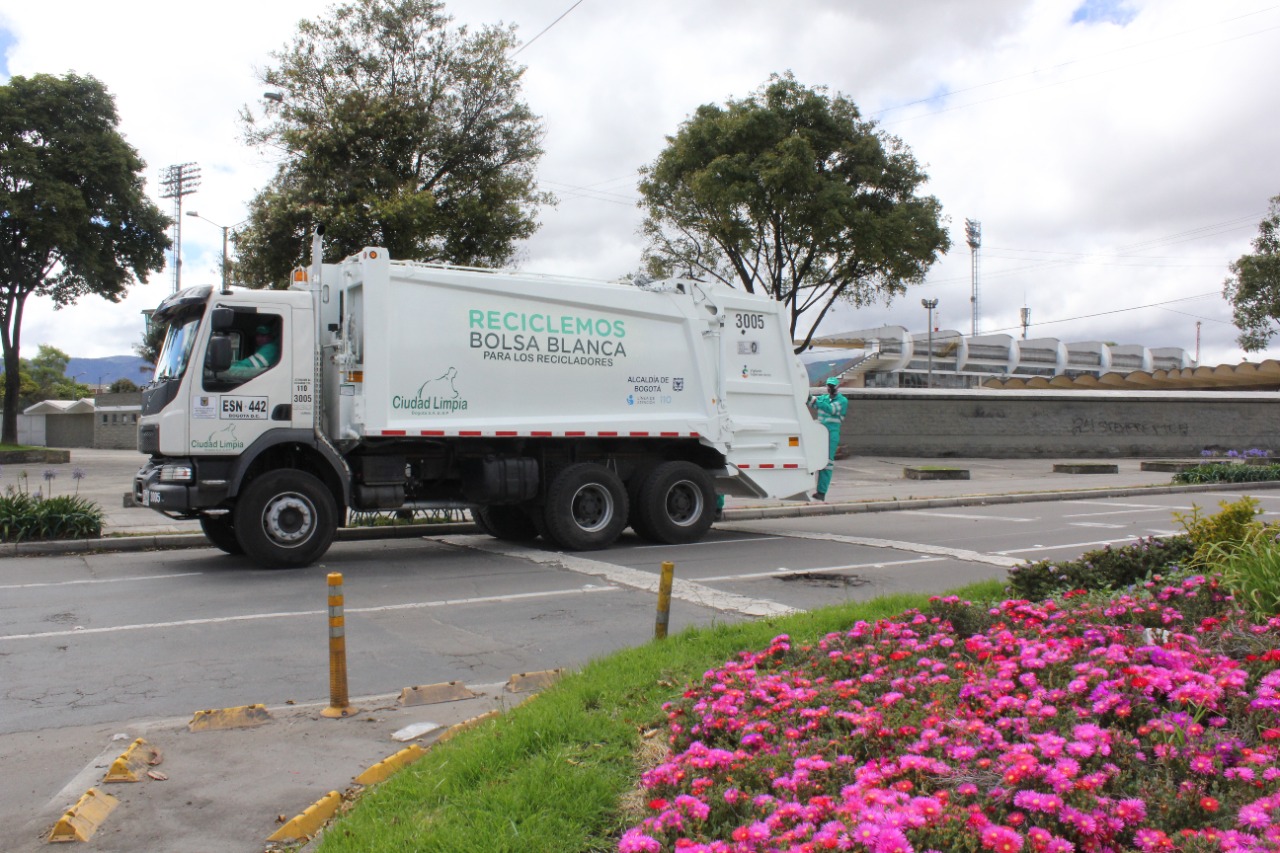Circular Waste Centers

About
Circular Waste Centers is establishing a business model for managing hazardous waste in the Caribbean Coast of Colombia.
Investing in Impact
P4G provided this partnership with US $75,000 in catalytic grant funding.
In Colombia, hazardous waste generation is growing as industrial economic growth speeds up. Yet making waste management business models financially feasible is a challenge due to the lack of incentives for proper waste segregation and lack of adherence to or monitoring of the law. Currently, it is more attractive for investors to take waste to the landfill - landfill managers receive around $8 - $10 for 1 ton of waste disposed.
The partnership has identified the most appropriate technology for treating different kinds of waste, such as incineration for treating hazardous waste, a process that can also recover energy for use in other waste treatment. Located in the core of waste management in Colombia, the centers will offer waste management advisory services, accreditation of proper waste management and real-time waste information for a transparent value chain.
With P4G’s funding, Circular Waste Centers defined policy and legal recommendations for waste collection and sorting, including reinforcing the separation of waste and mandating that it be done at the source. The partnership highlighted the importance of integrating waste pickers in the supply chain and establishing selective roads and a designated schedule to pick up waste. As the government works on its law for solid waste management, the partnership is in discussions about tariffs and the implication of taking waste to landfills.
With a roadmap in place, the partnership anticipates that implementing the circular waste centers project will contribute to reducing more than 900 million CO2 emissions per year. It has the potential to divert 63,000 tons per year of organic residues from landfills, converting 1,300 tons per year of discarded residues into Refuse Derived Fuel and producing energy with hospital residues. This is mainly driven by CO2 emissions avoided from coal combustion for the cement industry and production of synthetic fertilizers.



